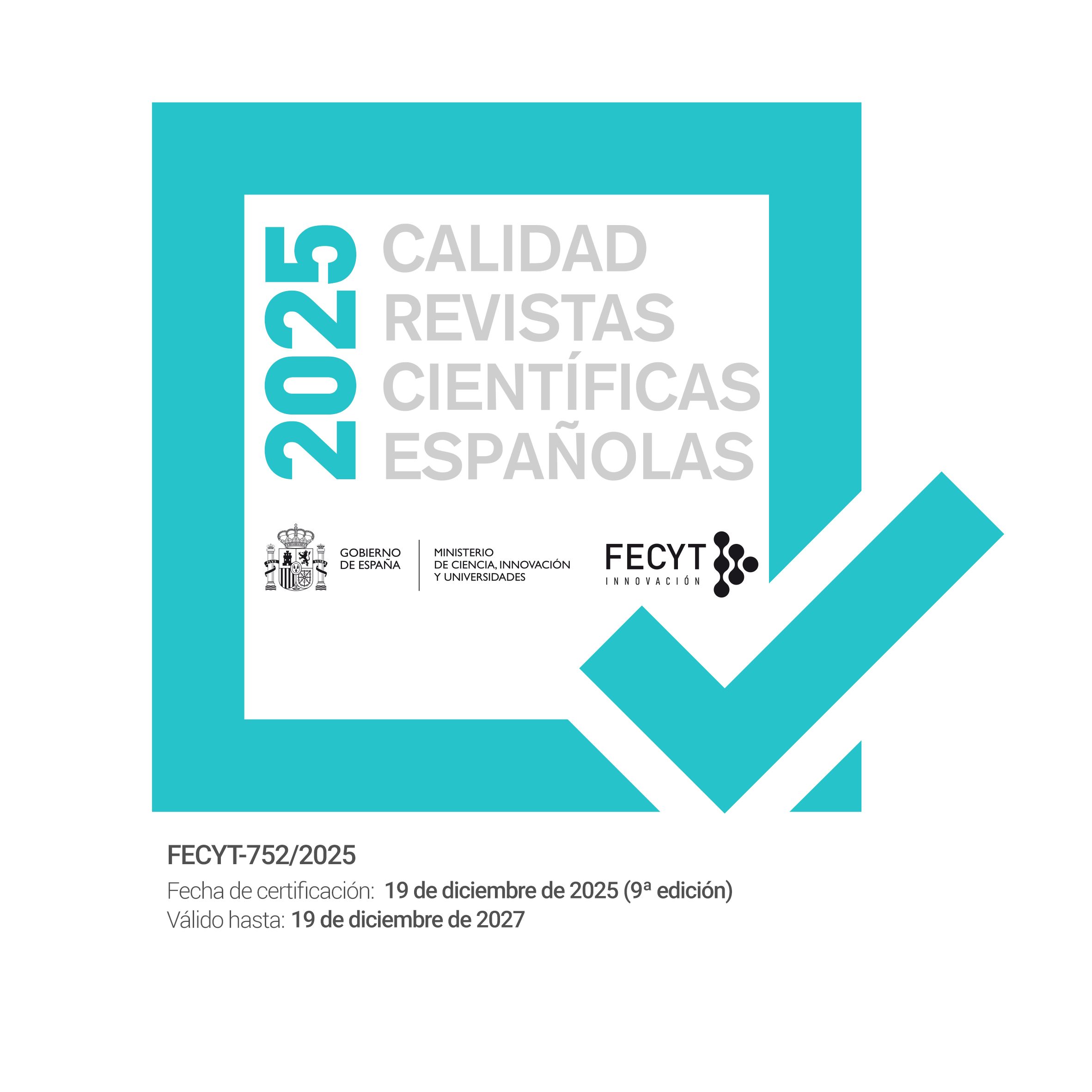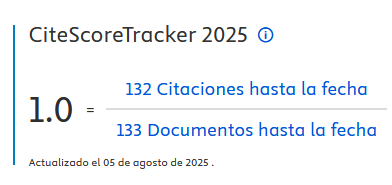Proceso Relacional de Grupo e Intersubjetividad: La Presencia y la Sintonía como Factores Terapéuticos en Psicoterapia de Grupo
DOI:
https://doi.org/10.33898/rdp.v27i105.146Palabras clave:
psicoterapia de grupo, proceso relacional, intersubjetividad, presencia, sintoníaResumen
Los grupos permiten apreciar con mayor claridad que la calidad de la experiencia, de la atmósfera grupal, y de la historia de los acontecimientos no dependen de nadie en particular sino más bien son el resultado de una construcción conjunta. Poner un foco intersubjetivo en psicoterapia permite profundizar el proceso psicoterapéutico y reparar los trastornos del Sí mismo. La Psicoterapia Integrativa suministra métodos útiles para el trabajo grupal que permiten hacer intervenciones eficaces con un abordaje intersubjetivo.Descargas
Los datos de descargas todavía no están disponibles.
Descargas
Publicado
2016-10-28
Cómo citar
Martínez Rodríguez, J. M. (2016). Proceso Relacional de Grupo e Intersubjetividad: La Presencia y la Sintonía como Factores Terapéuticos en Psicoterapia de Grupo. Revista de Psicoterapia, 27(105), 85–94. https://doi.org/10.33898/rdp.v27i105.146
Número
Sección
Artículo de monográfico
Licencia
Los autores/as que publiquen en esta revista aceptan las siguientes condiciones:
- Los autores/as conservan los derechos de autor y ceden a la revista el derecho de la primera publicación, con el trabajo registrado con la Creative Commons CC-BY-NC 4.0 Internacional, que permite a terceros citar el texto y usarlo sin alterarlo y sin beneficio económico, siempre que mencionen la autoría del trabajo y la primera publicación en esta revista.
- Los autores/as pueden realizar otros acuerdos contractuales independientes y adicionales para la distribución no exclusiva de la versión del artículo publicado en esta revista (p. ej., incluirlo en un repositorio institucional o publicarlo en un libro), siempre que indiquen claramente que el trabajo se publicó por primera vez en esta revista.
- Las opiniones expresadas en los trabajos son responsabilidad única de los/as autores/as, no reflejando en ningún caso las opiniones o políticas científicas de la revista.














